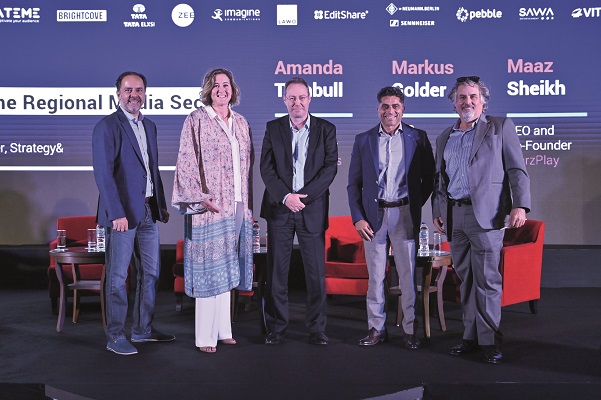As broadcasters look beyond the seismic shifts of the past couple of years, continued investment and new types of partnerships will be essential to assuring business continuity, industry CEOs said at the BroadcastPro ME Summit.
As with other sectors, the pandemic worked as an establishing shot for the Middle East’s broadcast industry. Over-the-top digital media has filled the frame, boosting viewer demand for quality content with local themes – demand that is only likely to accelerate over the long term, in view of the region’s demographics.
Building out this dynamic new industry requires investment at every level, from content and talent to the enabling infrastructure. CEOs from the region’s broadcast sector gathered at the BroadcastPro ME Summit in November to zoom in on how the industry is pivoting in response to recent developments, and on what remains to be done.
The discussion featured Amanda Turnbull, CEO and co-founder, Rise Studios; Markus Golder, CEO, Intigral; Maaz Sheikh, CEO and co-founder, StarzPlay; and Hans Fraikin, Abu Dhabi Film and TV Commissioner, Abu Dhabi Film Commission. Karim Sarkis, Partner, Strategy&, moderated.
The panel began with a bit of scene-setting, with Sarkis outlining how the media sector in some Middle Eastern countries is expanding faster than the global industry. Among the key trends discussed were the growth of the OTT sector, an emerging class of digital talent and wide-ranging government support across different markets.
At the same time, the panellists cautioned against viewing the region as a homogenous entity. Each of the 21 nations is at a very different phase of maturity, Fraikin pointed out. While Cairo has been a film and content hub for almost a century, Emirati films only aired on national TV in the eighties, making it to cinemas a good twenty years later.
As StarzPlay’s Sheikh elaborated: “We have a very fragmented audience; we talk about 400m people, but their interests are very different. Even Arabic content doesn’t translate across the board – for example, between the Maghreb and Egypt.”
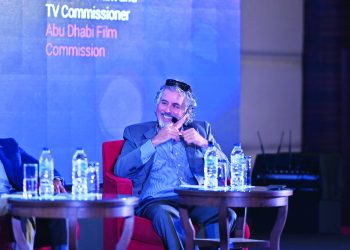
Consumers are demanding better production values
However, in every market across the region, consumers are increasingly prioritising quality. Having tasted better fare with the globalisation of OTT during the pandemic, viewers now want local producers to rise to international standards, Fraikin said, and regional broadcasters will need to adapt to keep pace. But quality requires investment at every level. Besides establishing the supporting infrastructure, funds need to go towards developing new talent, towards allowing regional producers the budgets they need, towards marketing and distribution, and towards building partnerships.
Turnbull explained it from the perspective of development time. “One of the things we want to do is give our producers the time they need to create the content. The average time from script to screen in Hollywood is four or five years, whereas here it’s nine to 12 months. We would like to [give] our production partners more time at the beginning of the process for scripts, character development, storylines … so you can have a writing room where the people in it can stay there for the period, and they don’t have to keep going off and doing freelance jobs. It’s about buying time for these guys and giving them almost security of tenure.”
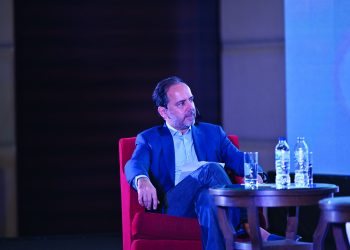
Investment could come from government players such as the Abu Dhabi Film Commission and its partners. Private companies such as Turnbull’s Rise Studios, formed in October this year by regional industry veterans, will invest to protect their intellectual property (IP). Or, as Fraikin said, private-public partnerships could offer a third route forward.
Investment is facilitating industry growth
Across the board, investment is helping create new value as the region’s economies look to capitalise on local demographics. People aged 15-29 comprise about a quarter of the region’s population, OECD data shows, and are likely to remain a significant percentage through to 2050. A mature broadcast sector can support economic diversification and job creation, but these young audiences also want content that speaks to their own unique tastes, and they want it delivered at a time and place of their choice. The UAE and Saudi Arabia have led investment into broadcast in recent years, as they seek to respond to these fragmented audiences. “There are opportunities across the whole value chain,” Golder said.
Prospects range from supporting young talent to building new production facilities, which the region desperately needs. Last year, Abu Dhabi’s Department of Culture and Tourism (DCT) announced an investment of Dh22bn over a five-year period to build a sustainable culture and creative industries (CCI) ecosystem. That’s in addition to an outlay of Dh8.5bn over the previous five-year period. The move builds on the sector’s resilience and adaptability in the face of changing economic dynamics, the DCT said.
 Parallel moves by the Abu Dhabi Investment Office in enabling the technology infrastructure are also supporting broadcasters, such as through the GrowthX Accelerator programme, jointly run with Microsoft. And in Saudi Arabia, telecommunication company STC recently committed an additional $300m to Saudi venture capital firm STV, on top of an earlier $500m outlay. The move aims to tap opportunities in digitisation, including in broadcast production, Golder said.
Parallel moves by the Abu Dhabi Investment Office in enabling the technology infrastructure are also supporting broadcasters, such as through the GrowthX Accelerator programme, jointly run with Microsoft. And in Saudi Arabia, telecommunication company STC recently committed an additional $300m to Saudi venture capital firm STV, on top of an earlier $500m outlay. The move aims to tap opportunities in digitisation, including in broadcast production, Golder said.
The Saudi government has been making very significant efforts to make the investment attractive, he added, for example by improving ease of doing business in the Kingdom to improve market access. “A couple of years ago, we took 15 days just to register a company; now it’s down to 30 minutes,” said Golder.
Private sector investment has also begun to flow in. Rise Studios has signed agreements with studios across the region, including Different Productions, the team behind Dubai Bling, and Partner Pro (Finding Ola). Its own backer, Great Mountain Partners, has strengths in global media and entertainment, including with companies such as Concord, Confluential Films, AiMi and A24. Rise will invest in companies that have a successful track record in Arabic production and already work with established players such as MBC, OSN, Netflix and StarzPlay, with a view to accelerating their growth and taking more of their productions to regional and international platforms.
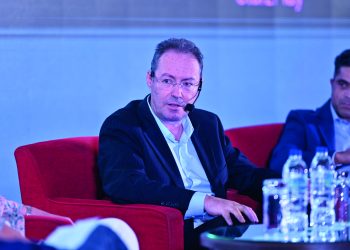
Public-private partnerships are also taking shape. Fraikin talked of how MIPCOM hosted an umbrella booth from Abu Dhabi, with 10 local production companies scouting for future co-production deals and promoting content produced within the region to international buyers.
Broadcasters’ evolving relationship with telcos
One type of partnership that is familiar to regional broadcasters is with telcos. Communication service providers have traditionally played an enabling role for broadcasters in the Middle East, but the relationship continues to evolve, both because of their longstanding role in providing the enabling infrastructure for television networks, and because of their relationships with the customer.
As Golder put it, telcos don’t just allow broadcasters to bypass customer acquisitions, they also deliver a wealth of existing data about these customers, such as their language preferences: “So when pitching to the customer, you’re in a better position than someone who doesn’t have any existing customer relationship.”
Fraikin called it a symbiotic relationship – telcos benefit from new revenue streams, while producers in the unicorn economy can tap new capital for content creation.
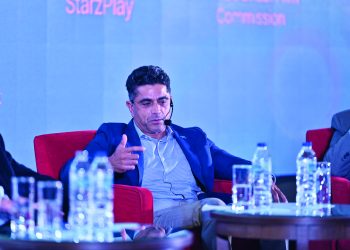
A case in point is StarzPlay Arabia, which has had a partnership with STC, Etisalat and Oredoo since 2015. The SVOD and streaming provider sold a controlling stake to a consortium led by E-Vision’s telecoms parent e& (formerly the Etisalat Group) earlier this year, part of a transition away from relying entirely on the telecom network business to also providing DTC services across the MENA region.
“The commercial relationship with STC, Etisalat and Oredoo is how we’ve sustained ourselves. These three companies partnered with us months before we launched the service,” Sheikh said, adding that the e& investment had “changed everything for us”. As an investor, e& offers valuable reach and distribution, while at the same time the shareholding pattern enables StarzPlay to work with other players such as Intigral.
“Being inside the telcos – becoming one of their products – will make a difference. We have the reach and distribution that the e& group gives us, but hopefully we’re still able to maintain our neutrality and work with other partners on a commercial basis. To me, [the investment] is both the reach but also the flexibility to continue to run the business the way we want to run it.”
As the market develops, players across the spectrum realise that flexible partnerships are good for the industry. At the same time, given the fragmented nature of the region, it’s important for creators and broadcasters to consider how they can achieve economies of scale, Sheikh said, explaining that industry collaborations can help players adapt to market changes.
“Whether you are an OTT company or a studio, it’s very important to find those economies of scale because the government will subsidise or will invest in you only to a certain extent. And for that, you must build bridges. You cannot scale in this region unless you build bridges. That’s where a lot of companies have struggled, because of the notion of exclusivity.”
 Sheikh drew on StarzPlay’s own recent experience of the Serie A season. After the streaming service acquired the rights to air the Italian league’s matches, he reached out to STC and other players across the region. “If we can’t partner with STC, we cannot take pan-regional rights. It’s just difficult to monetise. Because of the fragmentation in the region, it’s extremely important for a private enterprise to build those bridges with other telecom operators, OTTs and other [broadcasters] in other markets.”
Sheikh drew on StarzPlay’s own recent experience of the Serie A season. After the streaming service acquired the rights to air the Italian league’s matches, he reached out to STC and other players across the region. “If we can’t partner with STC, we cannot take pan-regional rights. It’s just difficult to monetise. Because of the fragmentation in the region, it’s extremely important for a private enterprise to build those bridges with other telecom operators, OTTs and other [broadcasters] in other markets.”
Local content becoming a focal point
International markets aside, the potential for local content is a major draw for investors, coupled with regional viewers’ tolerance of advertising and digital-first lifestyles, Turnbull continued. “Of all the content that is being loaded onto the internet on a daily basis, only 3% is in Arabic. When you look at our region and the demographics and the tech-savviness of everybody under 30, there is a huge opportunity for content creation.”
At the same time, she said, the market for content has expanded considerably. Although media companies themselves may be shifting the focus of their business model, such as from free-to-air to OTT, buyers may come from either segment – or anywhere in between.

“There’s never been a better time to be in the content production business, because everybody needs quality content for different sorts of reasons. And studios such as Rise can be platform-agnostic. We’re happy to work with everybody. The important thing is that the content leaves a lasting impression and [has] a universality that will resonate with regional audiences, whether that is on Netflix, StarzPlay, TikTok or YouTube.”
Changing audience perceptions mean regional players finally see a profitable route to producing local content. Global players such as Netflix and Shahid have helped spark a readiness to pay for Arabic content.
“The timing is right for players like StarzPlay and Rise Studios to go into Arabic content and take advantage of this trend,” Turnbull added. “But it’s still a challenging market, because you’re competing with someone who’s very established and has global economies of scale.”
Working together to address talent development
But creating quality content requires talent. Buoyed by government policies supporting knowledge development, the industry has now begun to focus on deepening the talent pool. Sarkis touched on the large number of regional initiatives, from new academies being launched to grant programmes, particularly across the GCC.
The Middle East Media Initiative (MEMI), for example, has been taking more than a dozen Arab nationals to the University of Southern California each year since 2018, to support local stories and build cultural bridges. At a different level, Rise Studios sponsors masterclasses at local film festivals, such as a recent workshop with Hungarian filmmaker Béla Tarr at the Cairo International Film Festival.
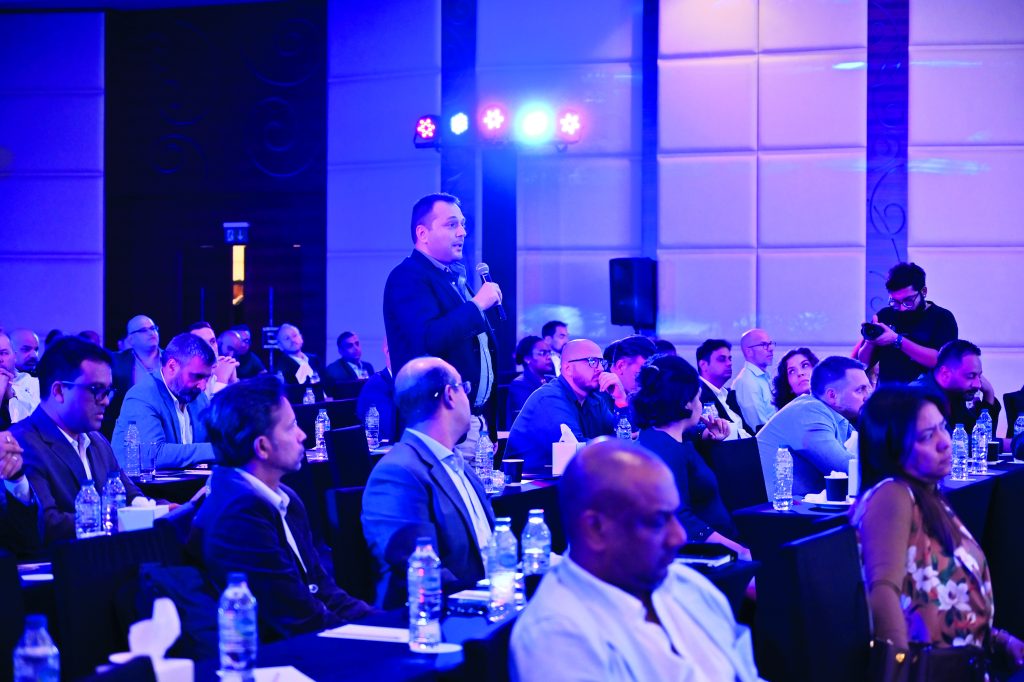 However, more remains to be done to develop the sort of ecosystem for talented professionals that is the norm in more established markets. Besides enacting the policies required for a healthy pool of freelancers, media academies also need to consider building professional strengths at every level, though the depth of each programme may vary by country.
However, more remains to be done to develop the sort of ecosystem for talented professionals that is the norm in more established markets. Besides enacting the policies required for a healthy pool of freelancers, media academies also need to consider building professional strengths at every level, though the depth of each programme may vary by country.
“Everybody is doing talent development. I think we all need to contribute to it. And it’s an area where we can be collaborative,” Turnbull said, offering the example of the UK, where broadcasters such as BBC and ITV are working on talent development. “There is lots of talent here, it’s about how we allow them to flourish. And most of that is about funding.” Grants could be one way of bridging the gap, she added.
The Abu Dhabi Film Commission has several achievements to its credit on this front. The commission currently runs a vocational training internship programme, Fraikin said.
Projects given incentives and rebates by the commission commit to accepting interns from the region on their sets. “Because of the size of a Hollywood production, we’re placing nearly a dozen interns everywhere, from the camera department down to production assistants,” he said. By drawing on best practices from markets such as the European Union, the commission has now built up a directory of 2,000 freelance broadcast professionals, up from 400 three years ago.
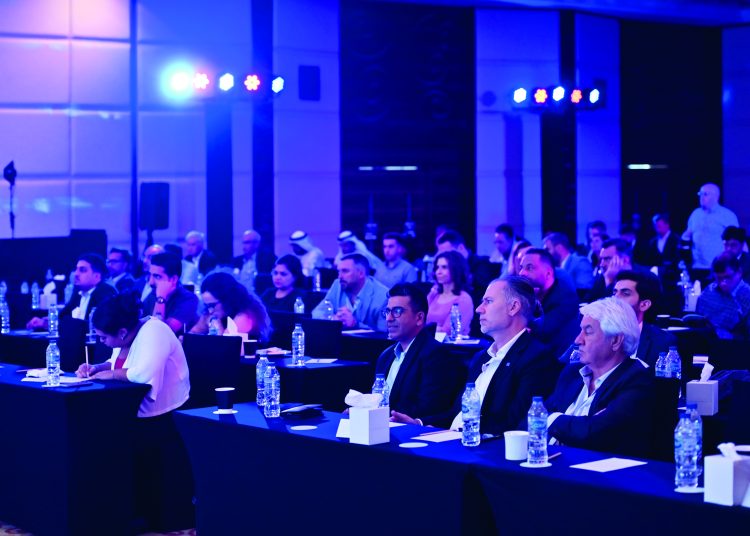 Its partners have had similar success. Image Nation Abu Dhabi administers the successful Arab Film School, while a sister company, the Creative Lab, trains up-and-coming broadcasting professionals through programmes in partnership with CNN in the UAE.
Its partners have had similar success. Image Nation Abu Dhabi administers the successful Arab Film School, while a sister company, the Creative Lab, trains up-and-coming broadcasting professionals through programmes in partnership with CNN in the UAE.
Fraikin spoke of the importance of showcasing alternative career options within the sector. “As commissioner, I’m often invited to speak at universities, film schools, institutions, and the first thing I do is ask who wants to be a producer or a director – and everybody lifts their hand. Who wants to be a gaffer? Nothing. Who wants to be a production accountant? Nothing.”
Yet by his estimate, only one in ten frontline or above-the-line professionals – such as writers, producers, directors and actors – make a good living. The other nine work in restaurants to make ends meet. “It’s the total reverse below the line, [where] nine in ten people are making a good living as cinematographers, set designers, production accountants and so on. There are hundreds of crafts required to make a film or TV series. At the Abu Dhabi government, we now go into educational institutions to highlight the wealth of opportunity available.” The panel concluded by highlighting several other issues that must be tackled if the industry is to achieve its potential, from piracy and IP rights to widening access to broadcast services by making high-speed internet more widely available and developing data tools for better industry benchmarking. In almost every case, investment and partnerships will continue to assure business continuity.




































































